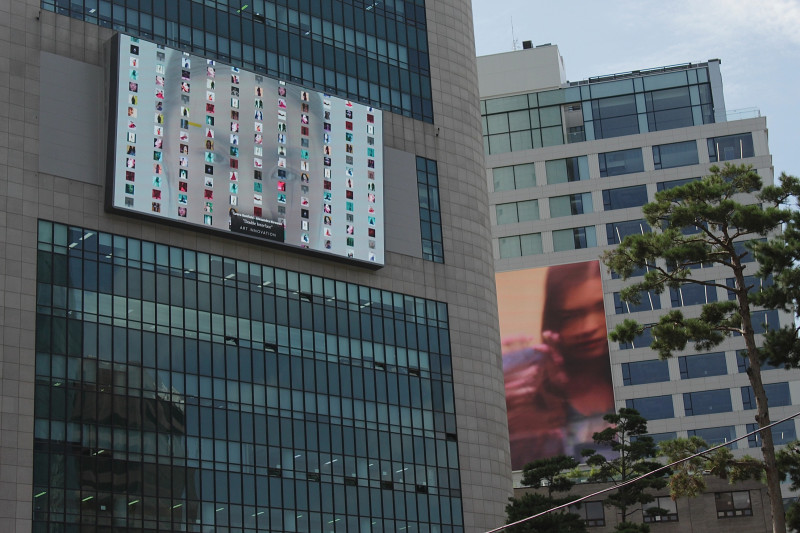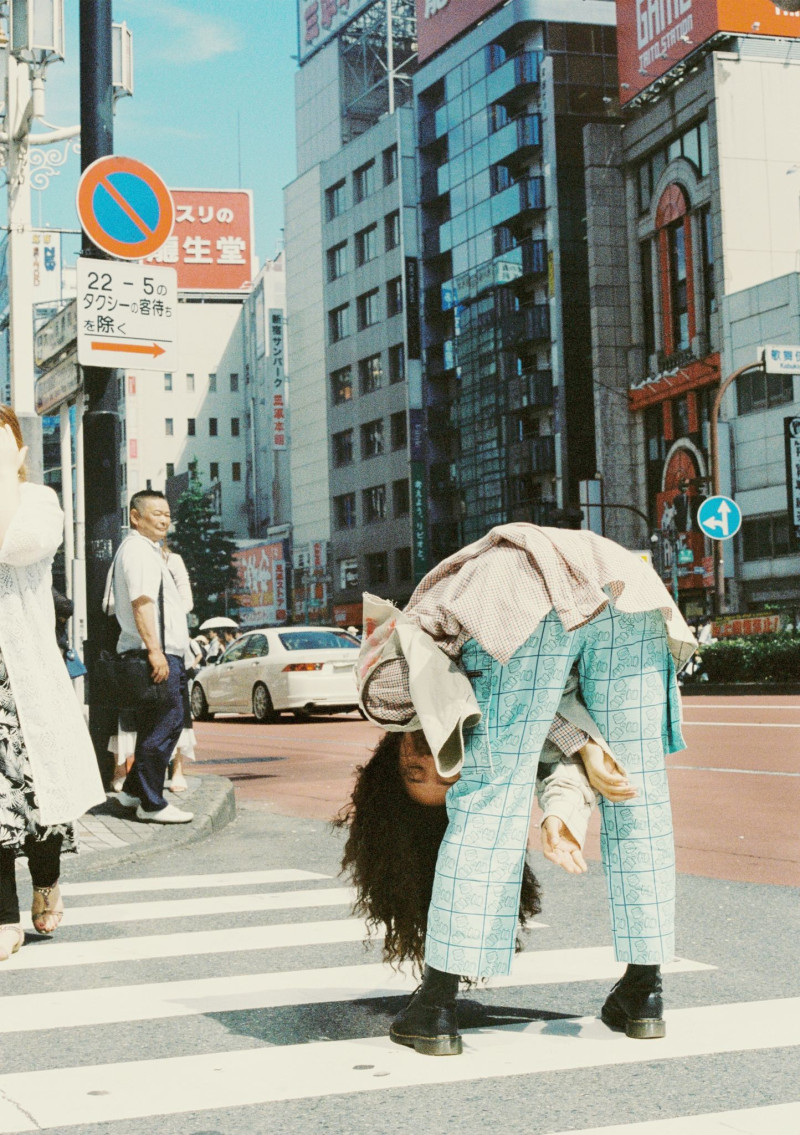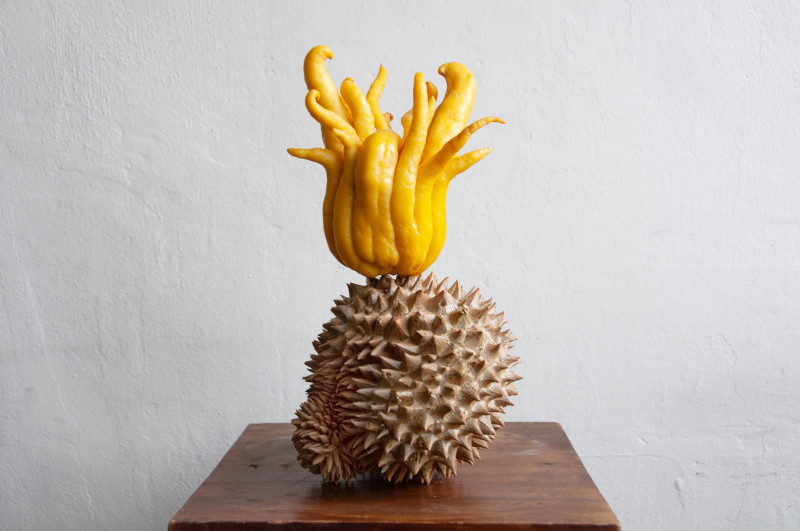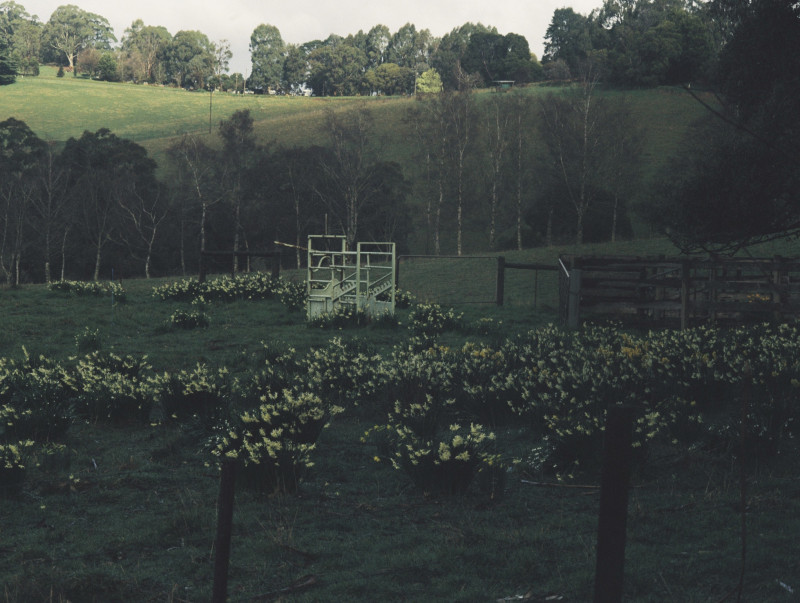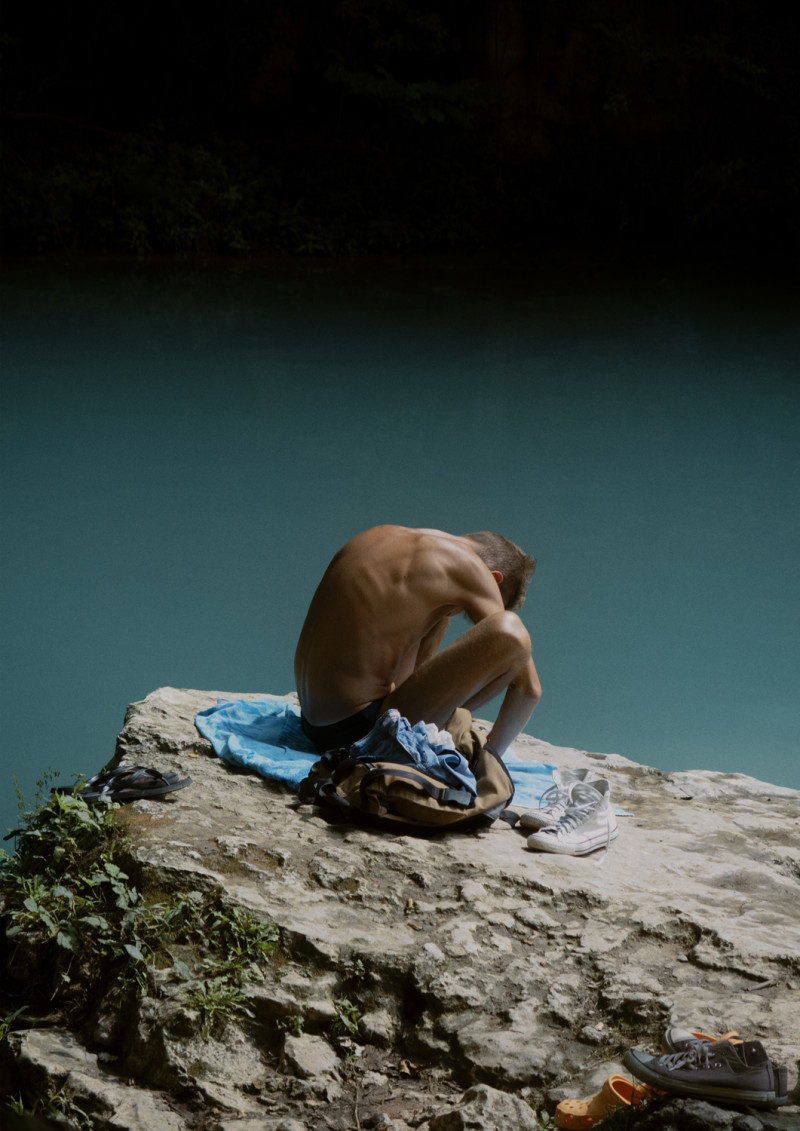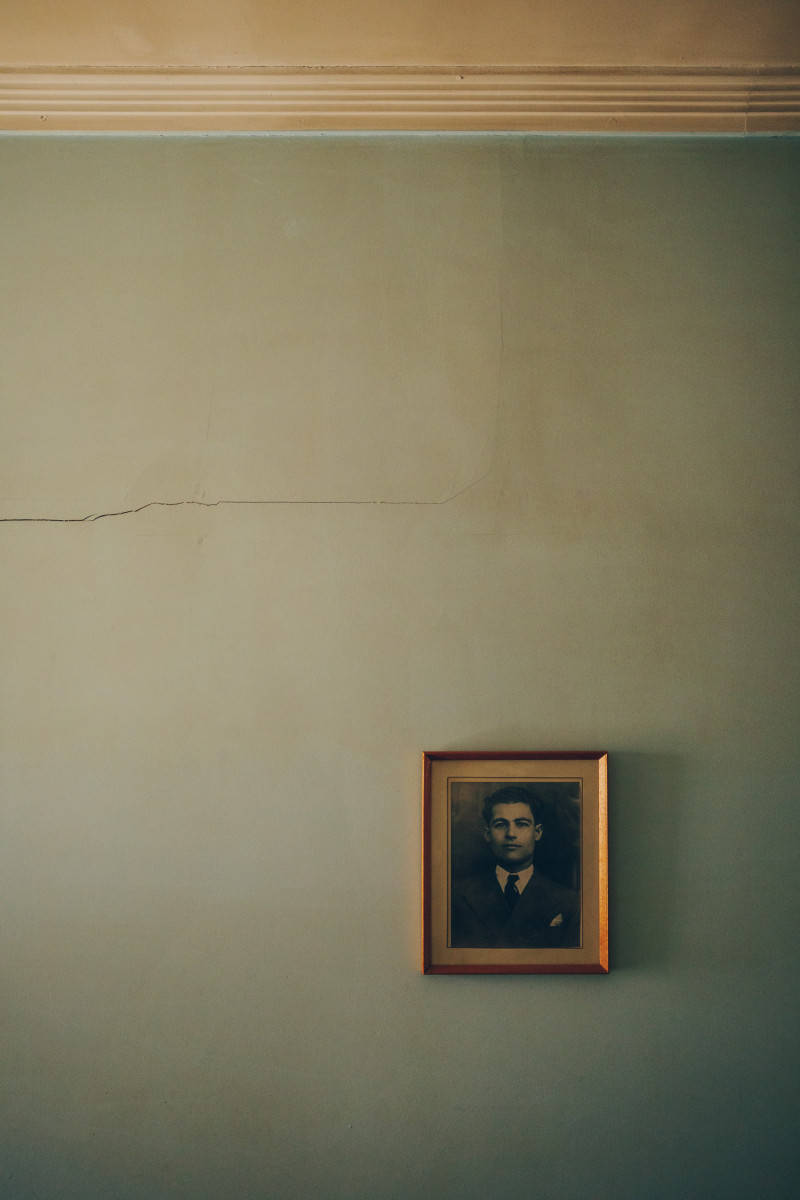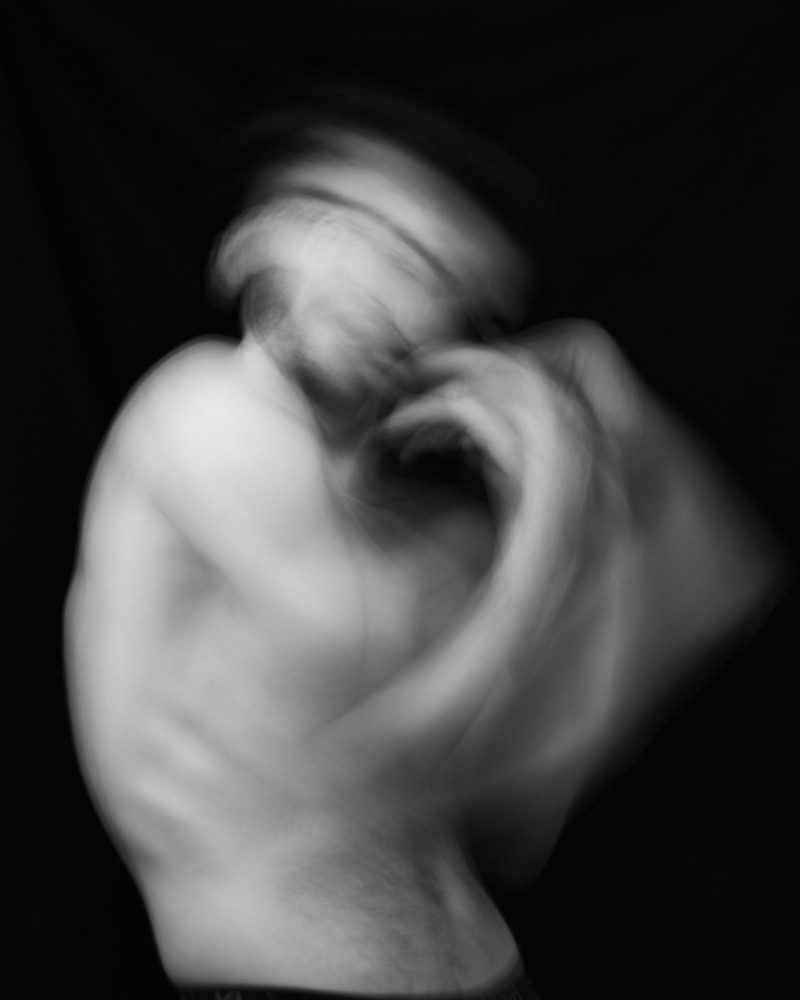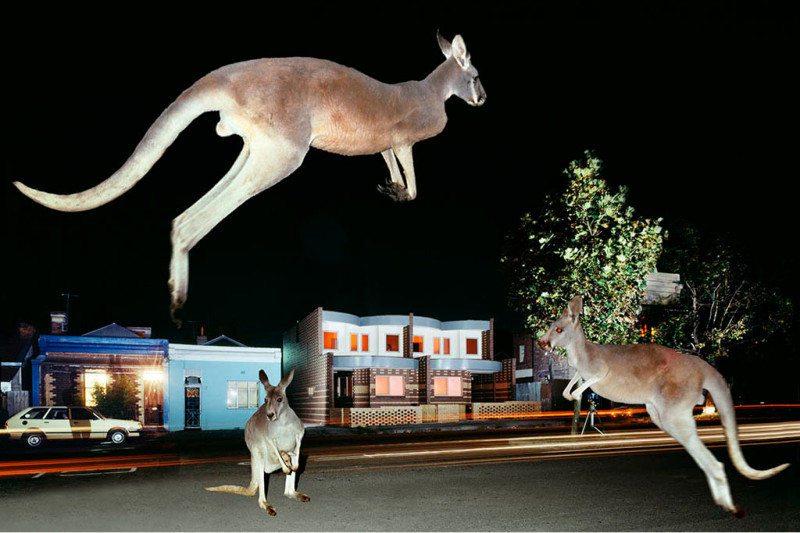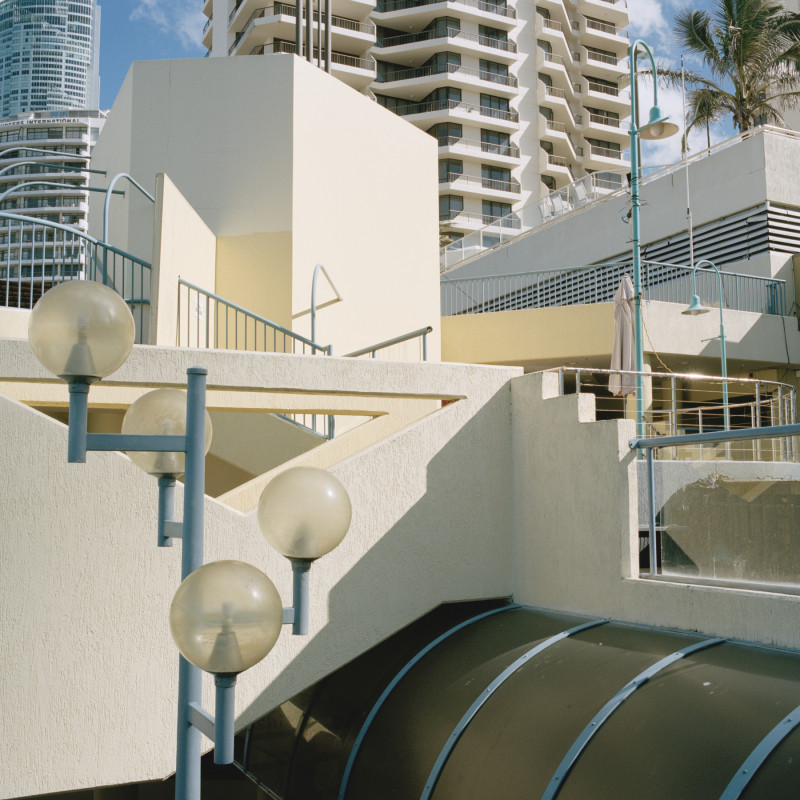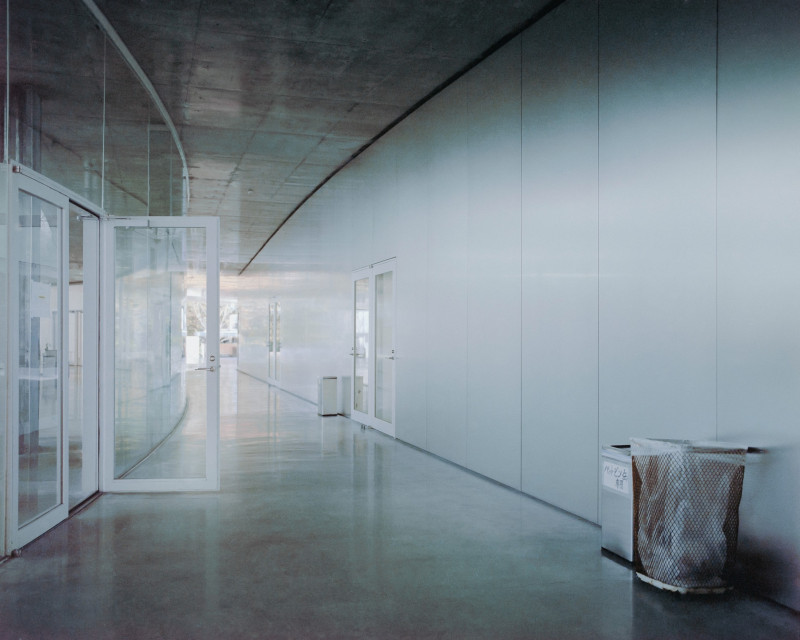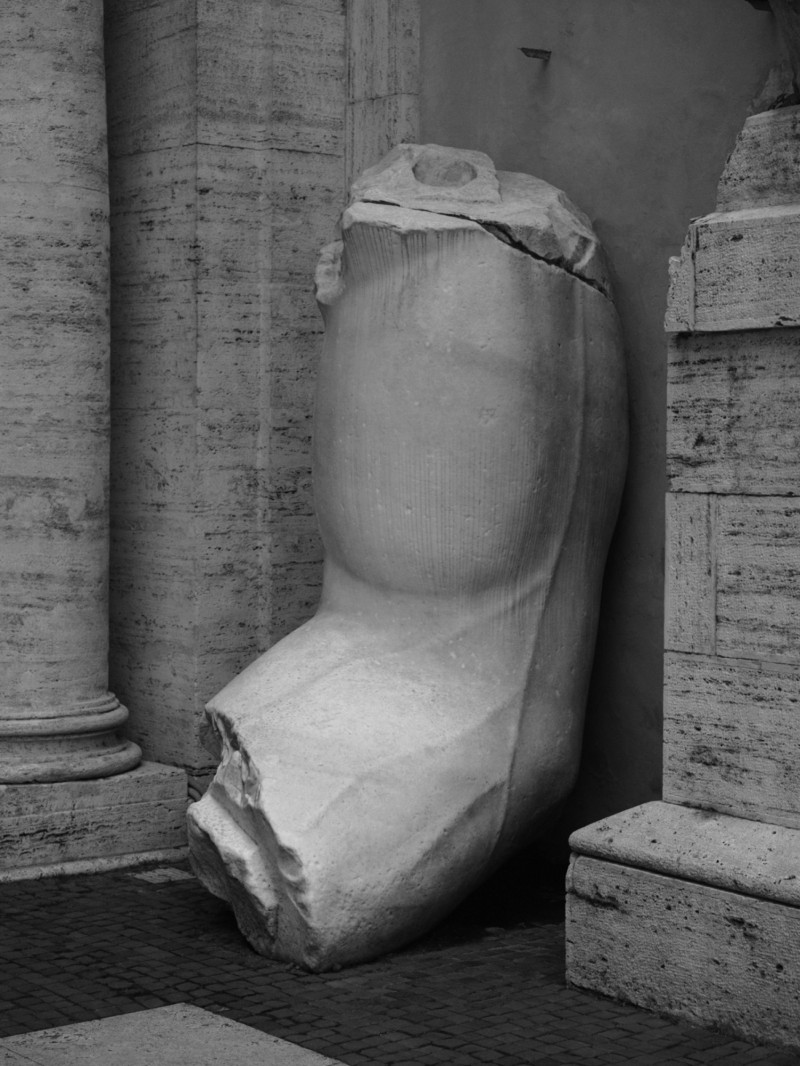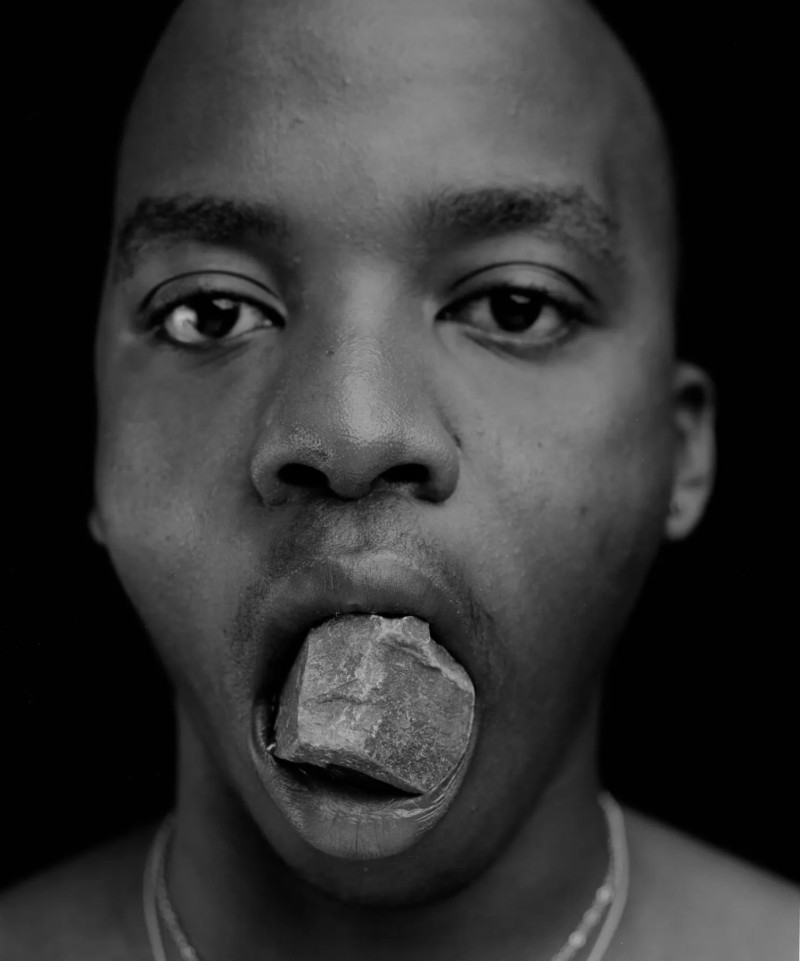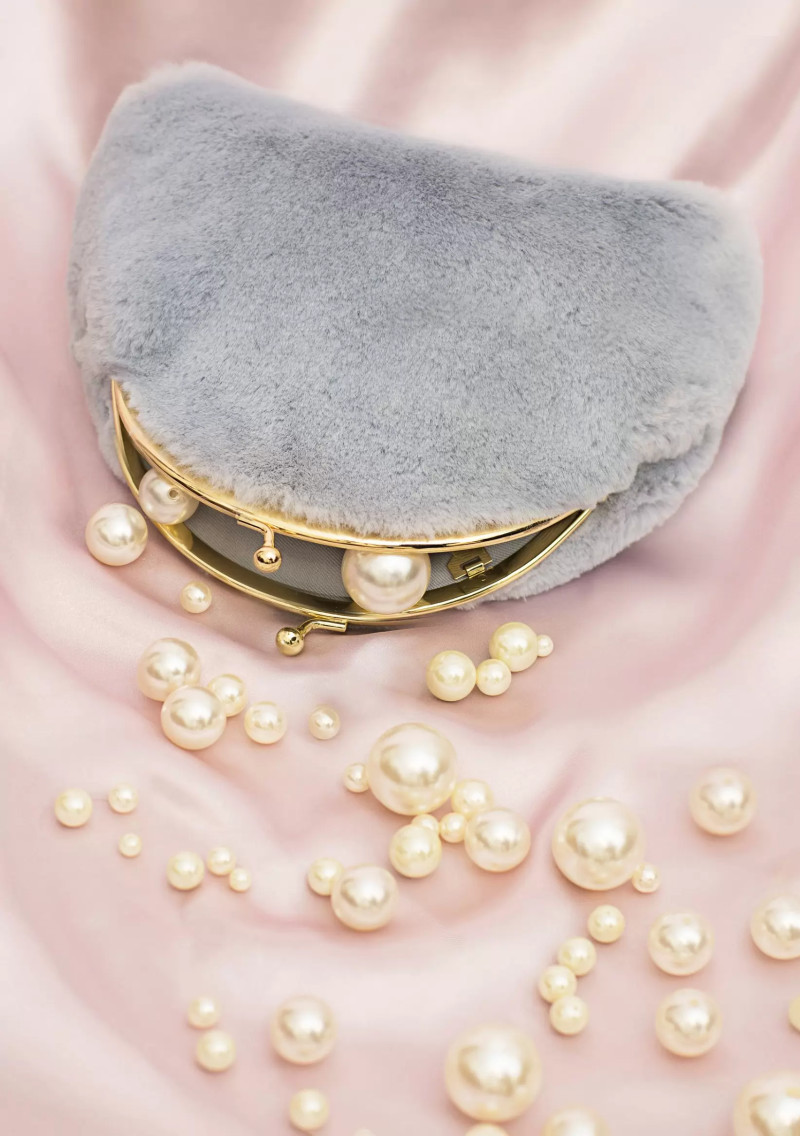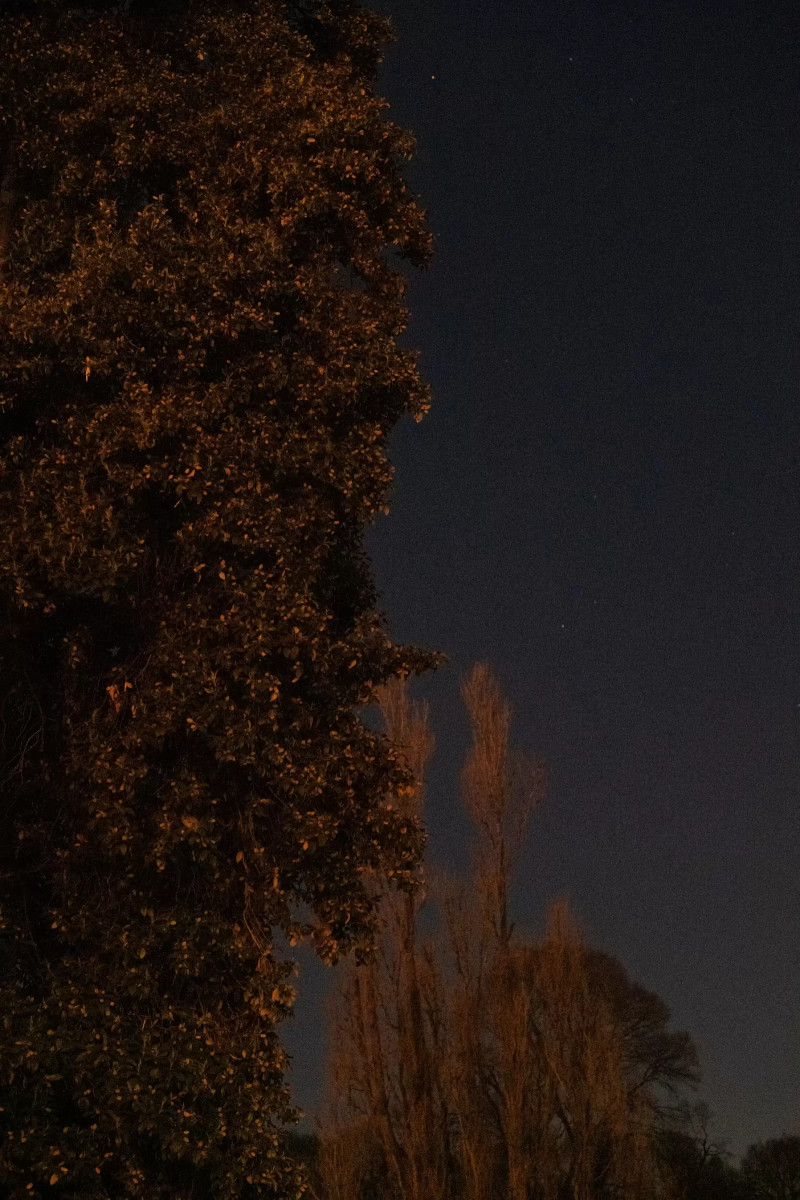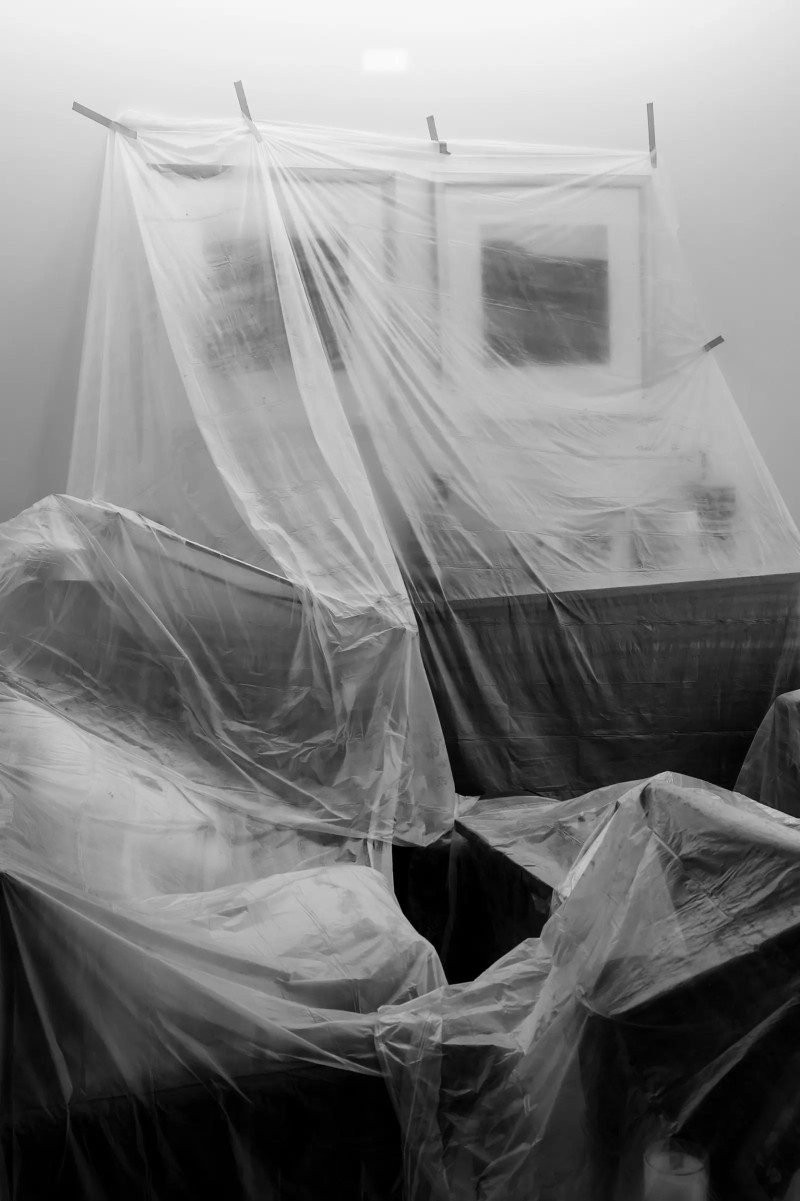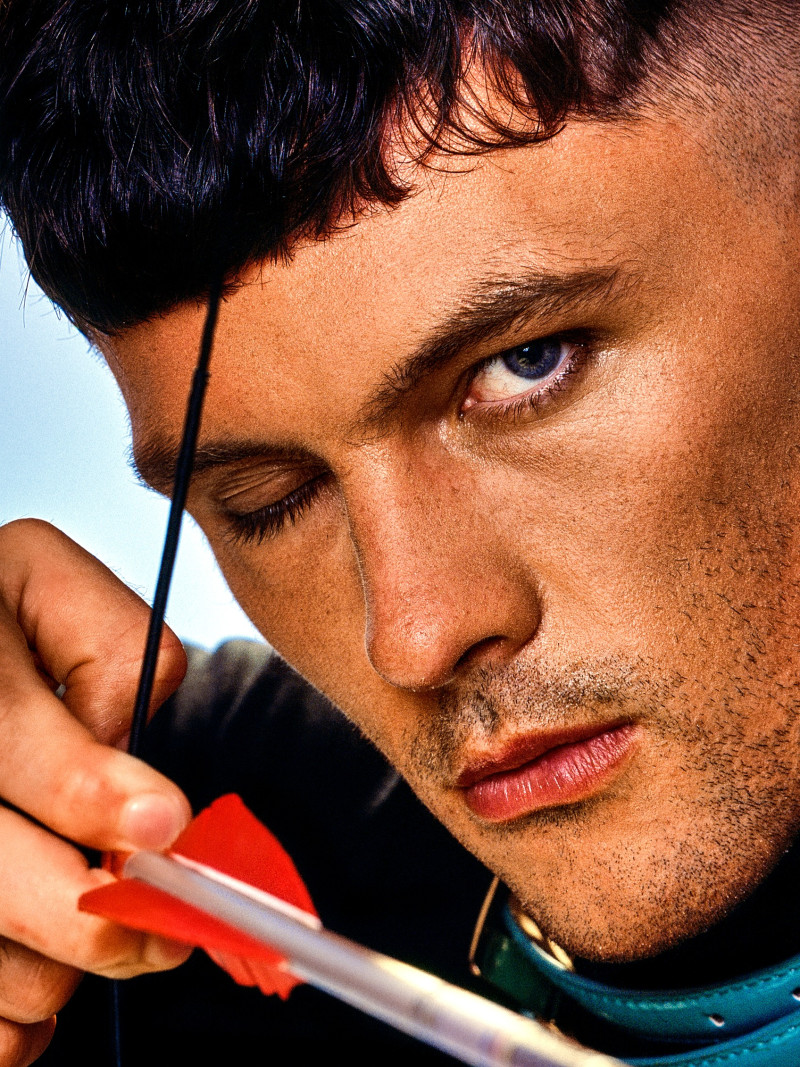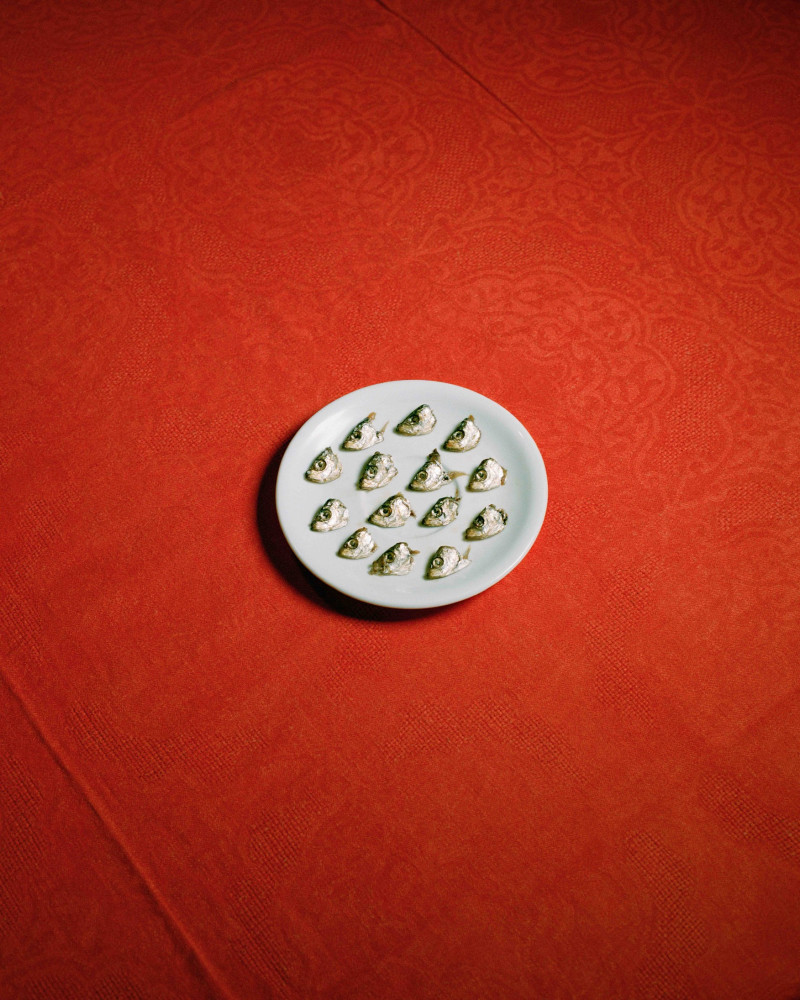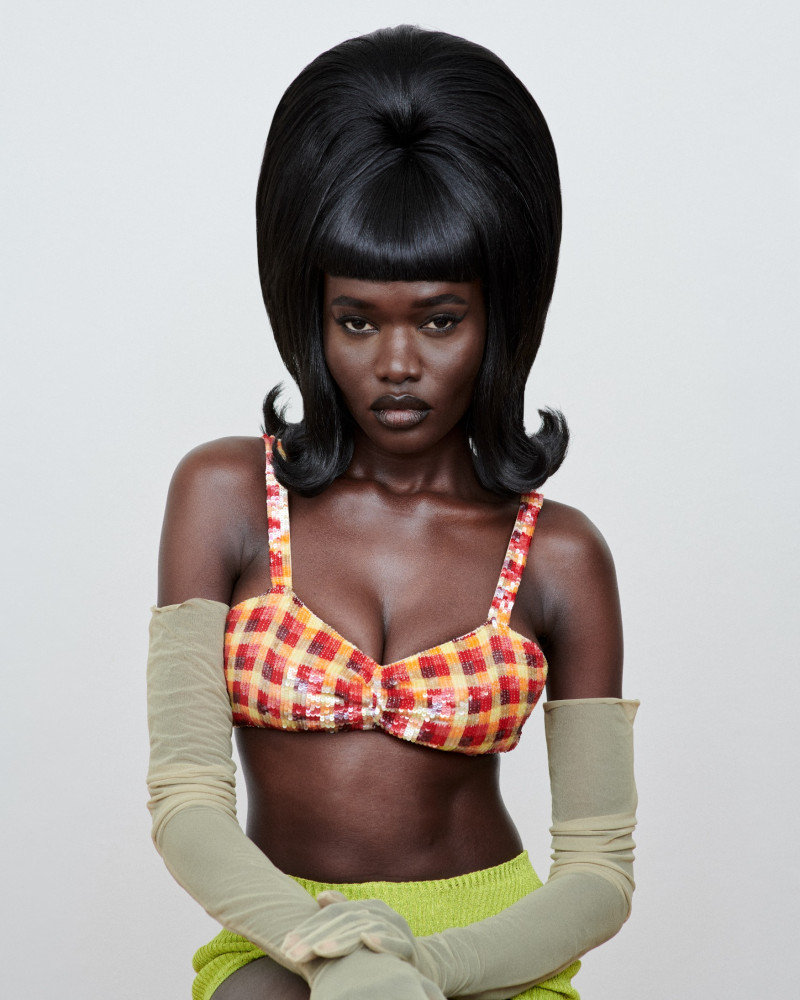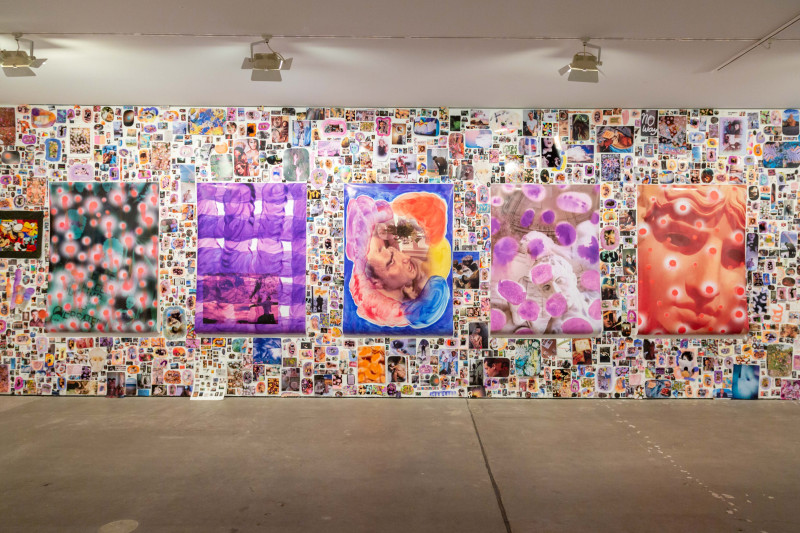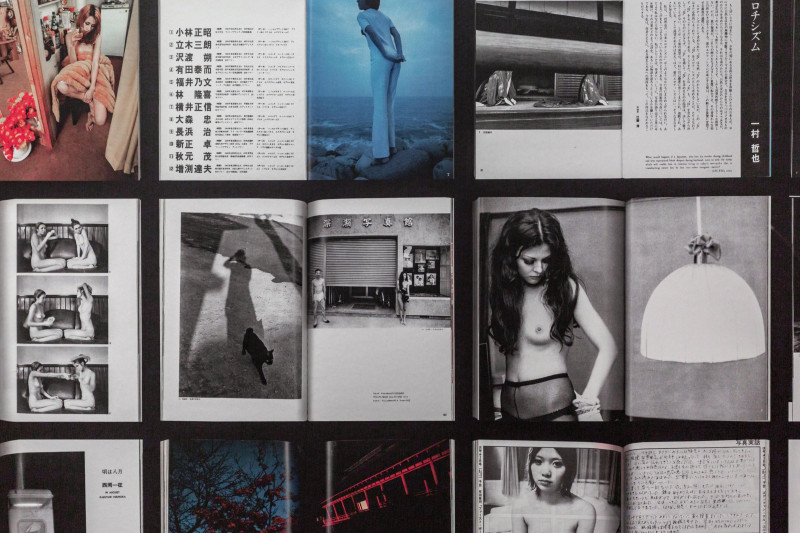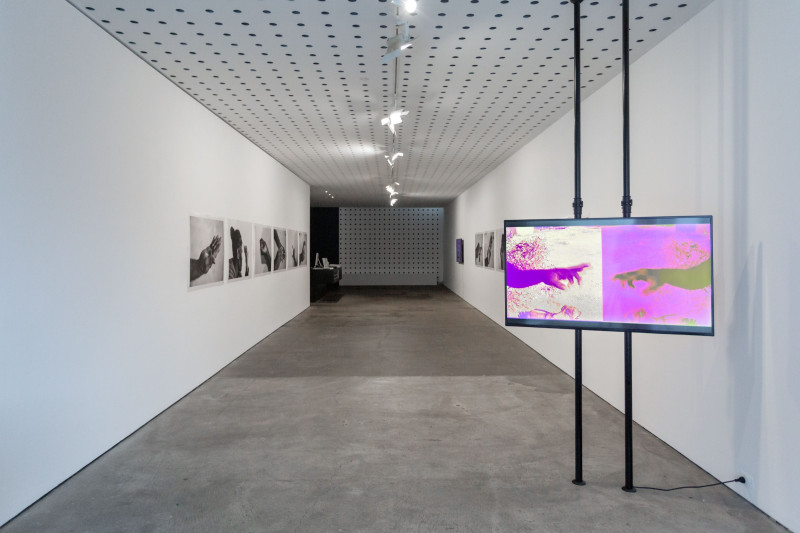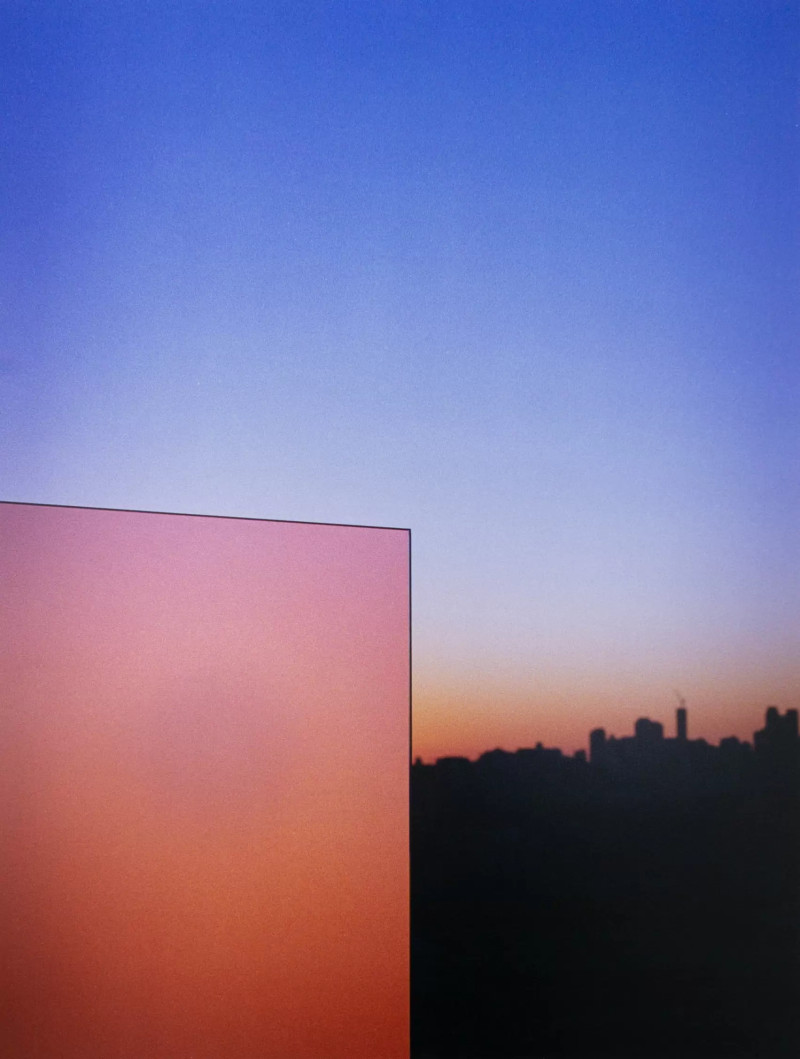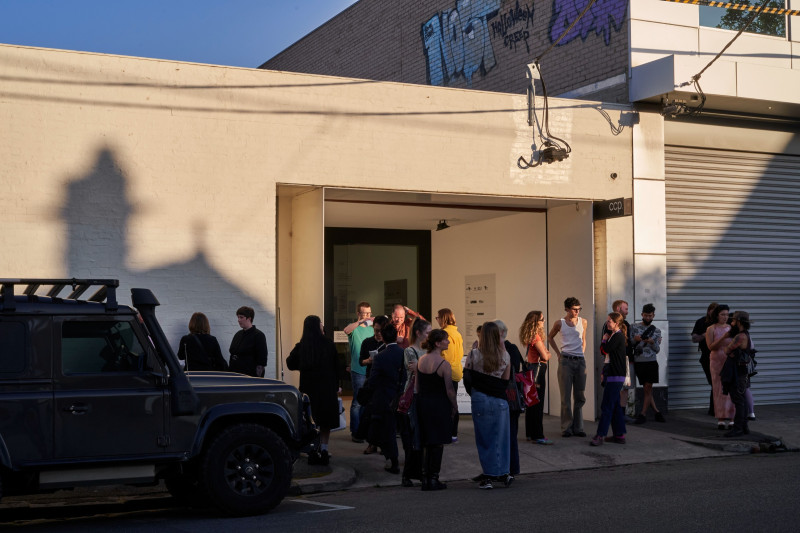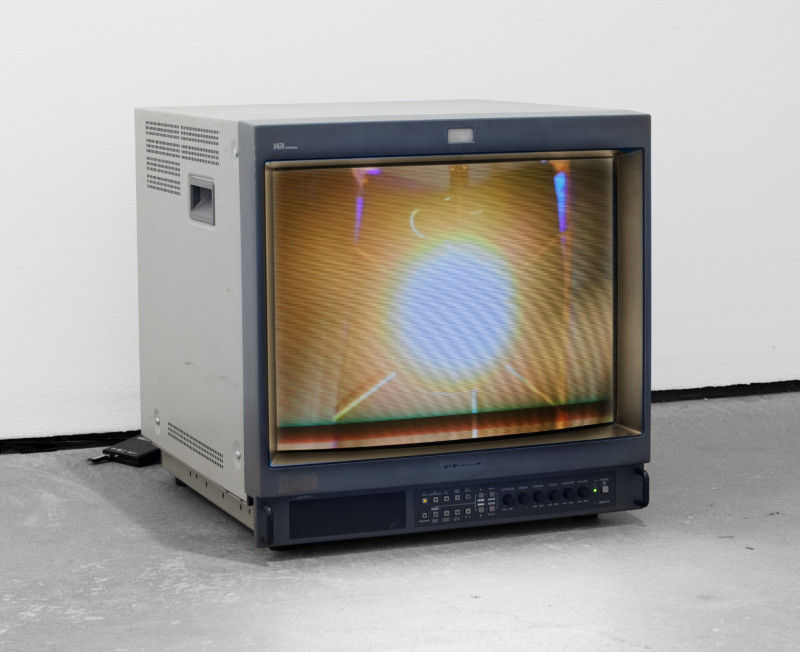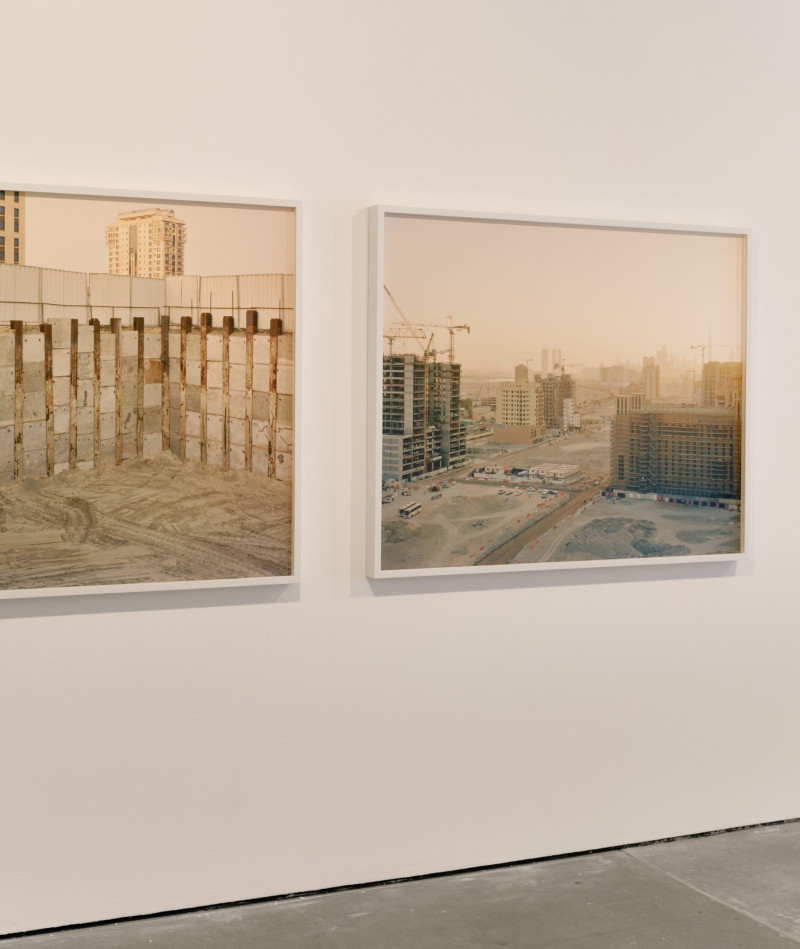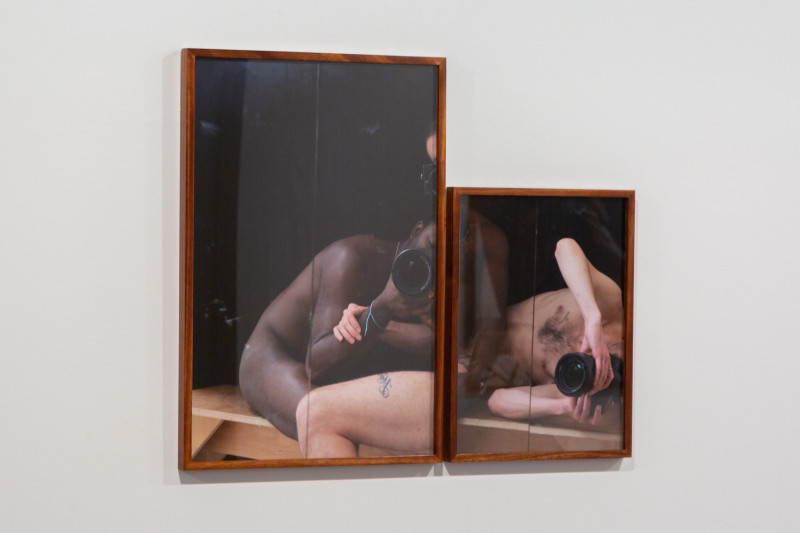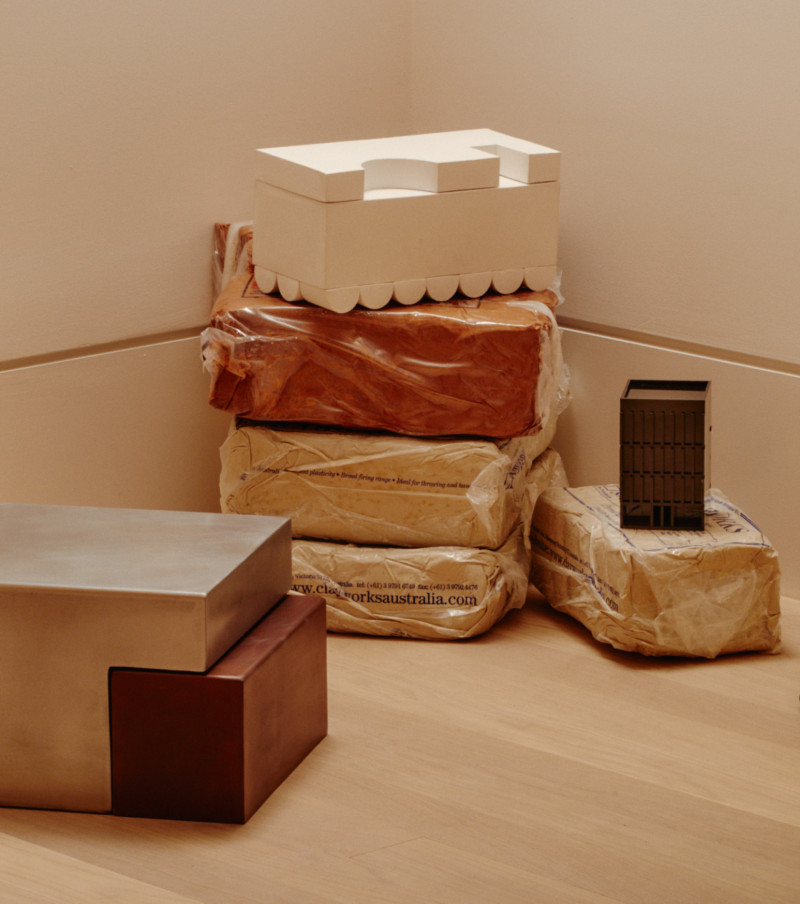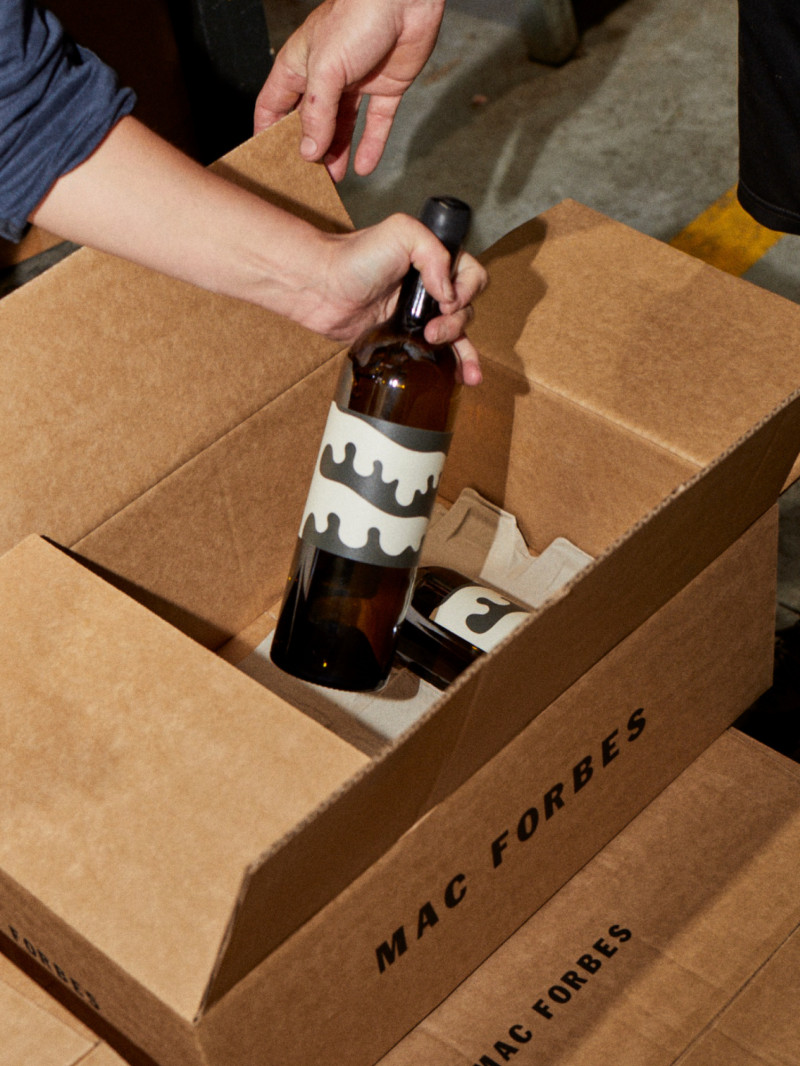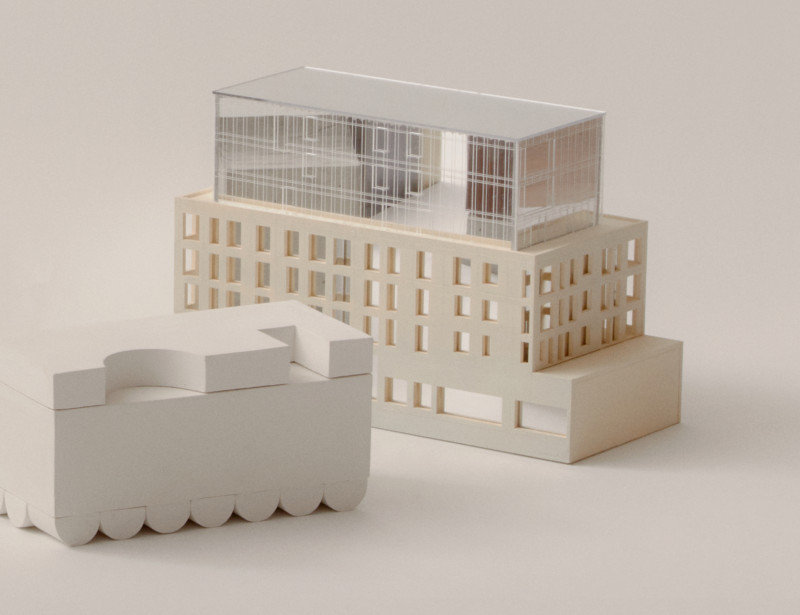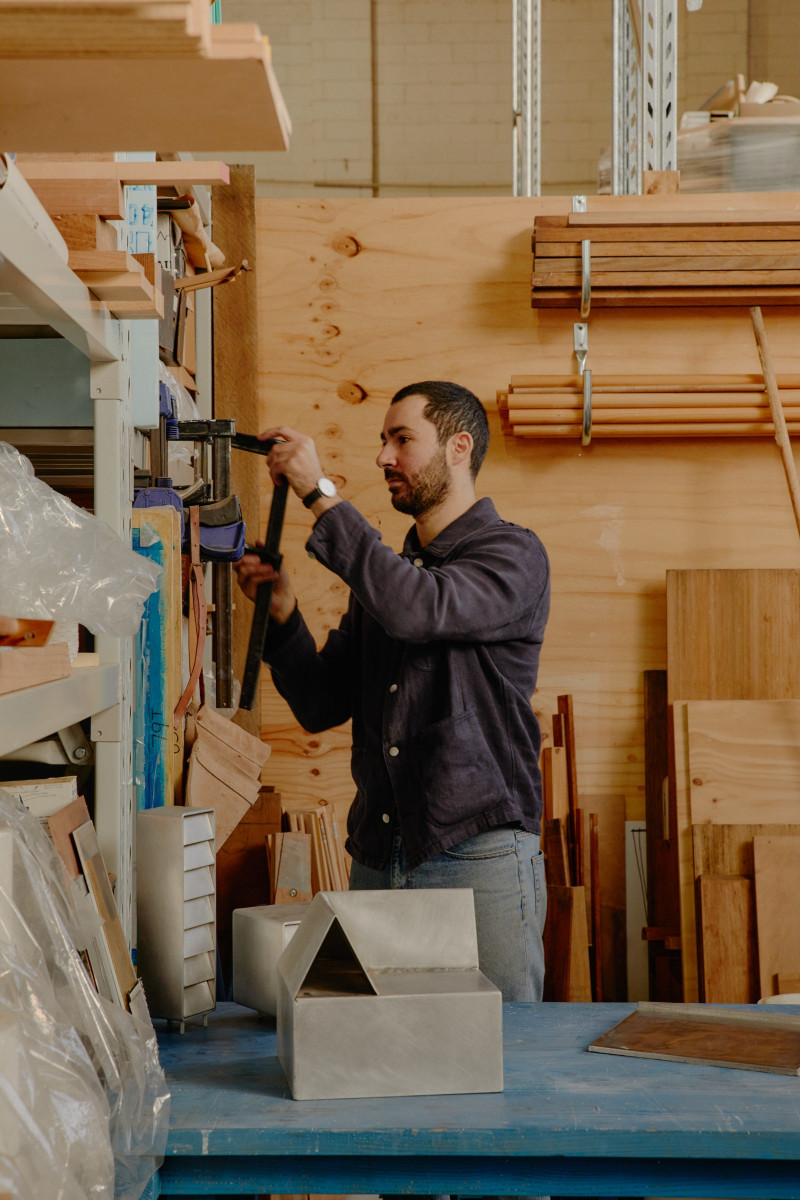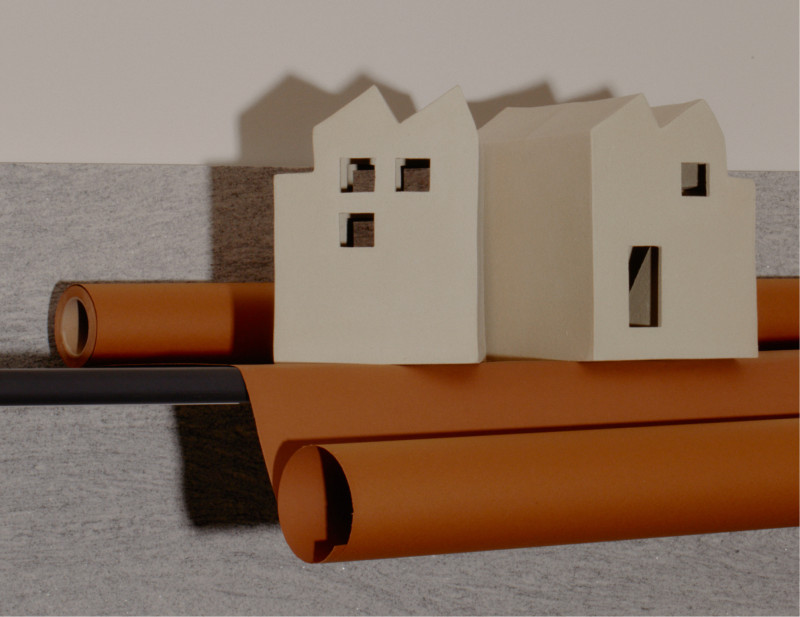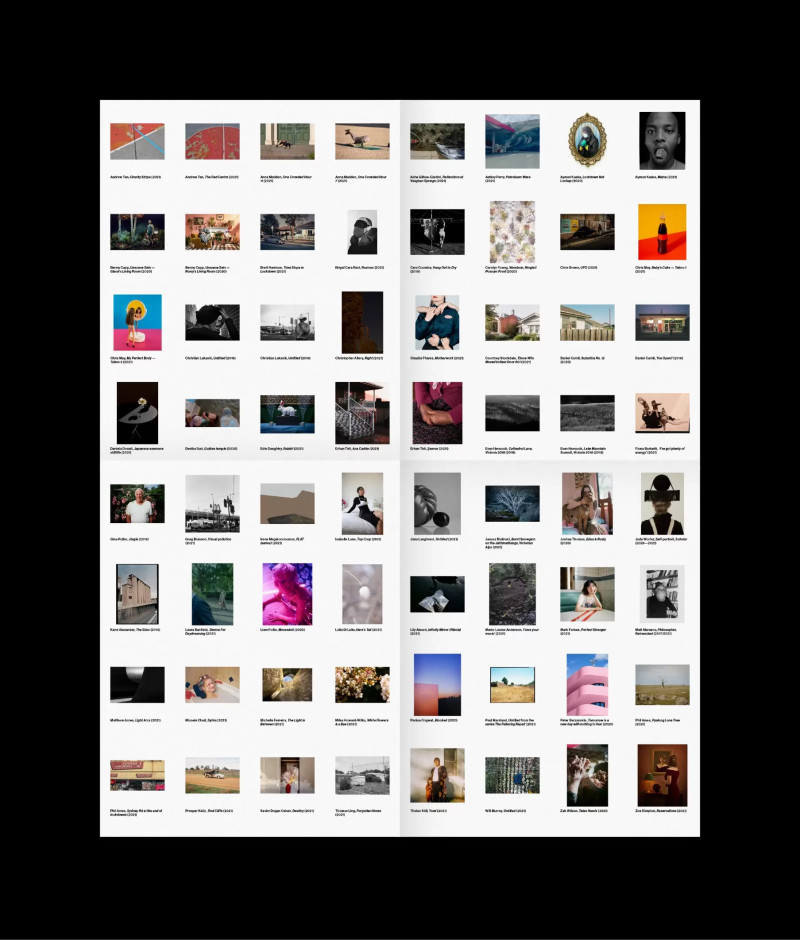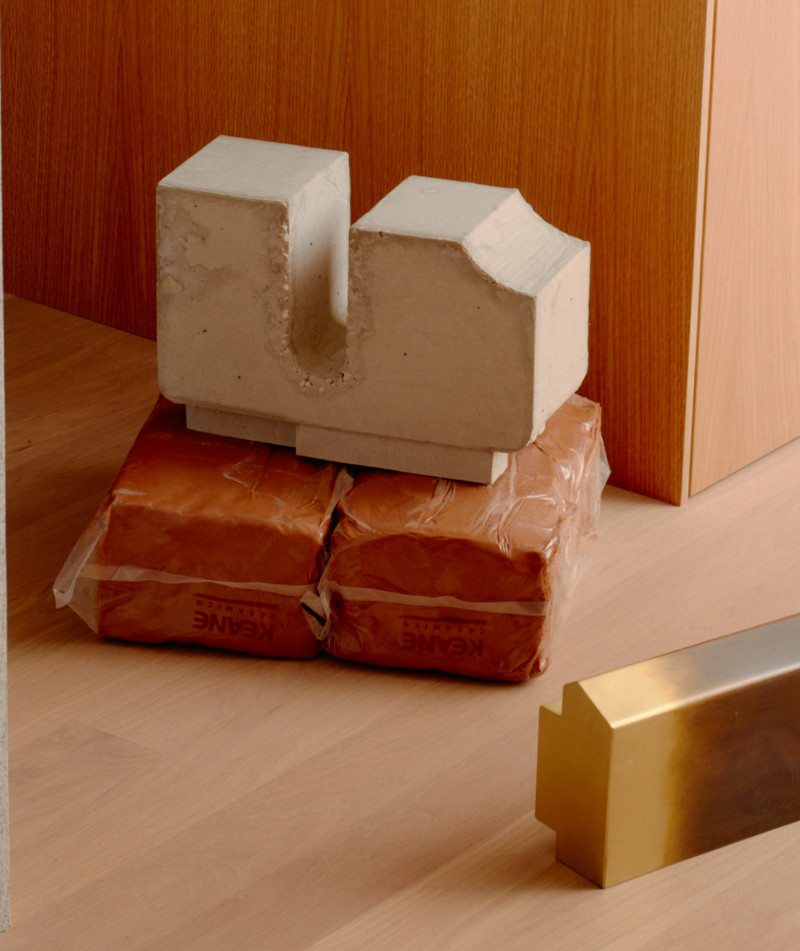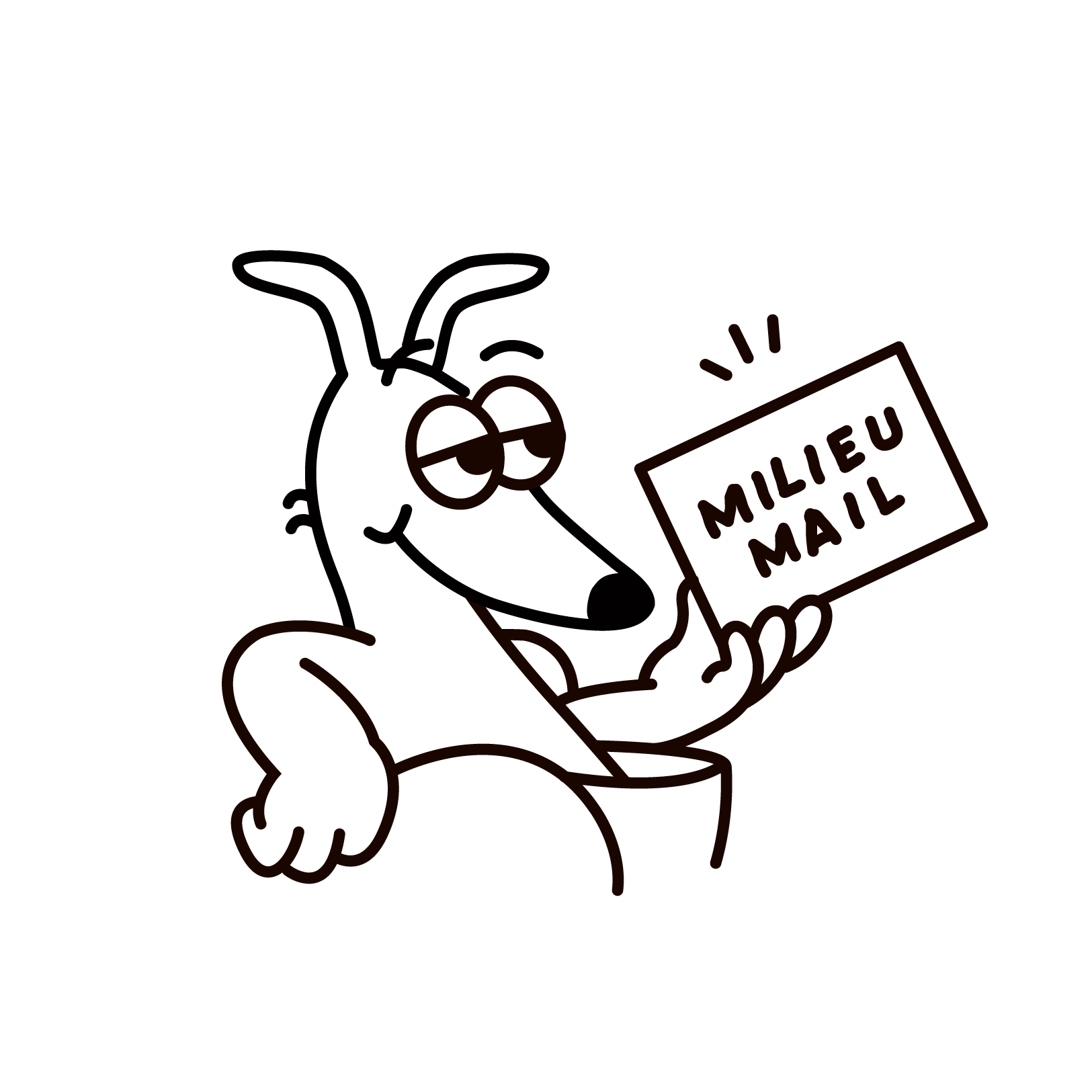Interview with Brooke Holm for CCP Site Unseen
Photography by Brooke Holm
Brooke is an Australian-American photographer based in New York. Brooke shares how her presence was welcome, if not needed when capturing Donald Judd's Marfa, Texas during a time of global uncertainty. Brooke's series of photographs exhibited at Site Unseen were captured at the witching hour, aided by lingering light from construction lights, car headlights and the glow of distant neon.
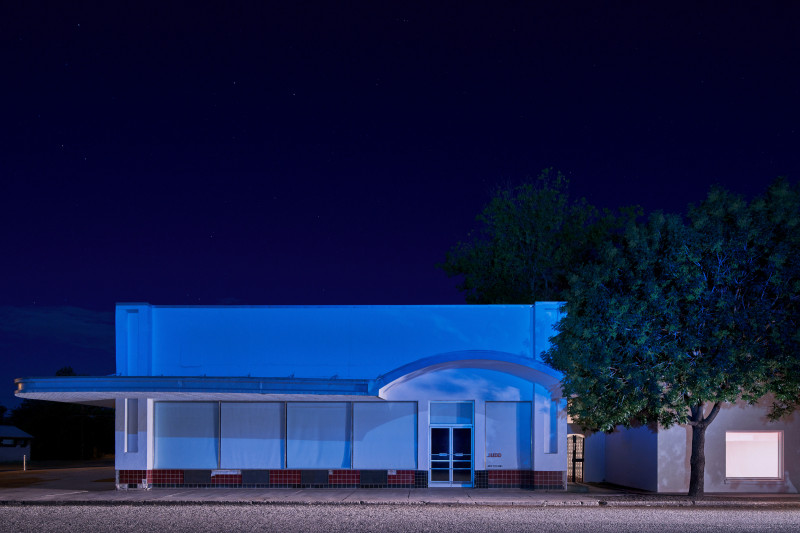
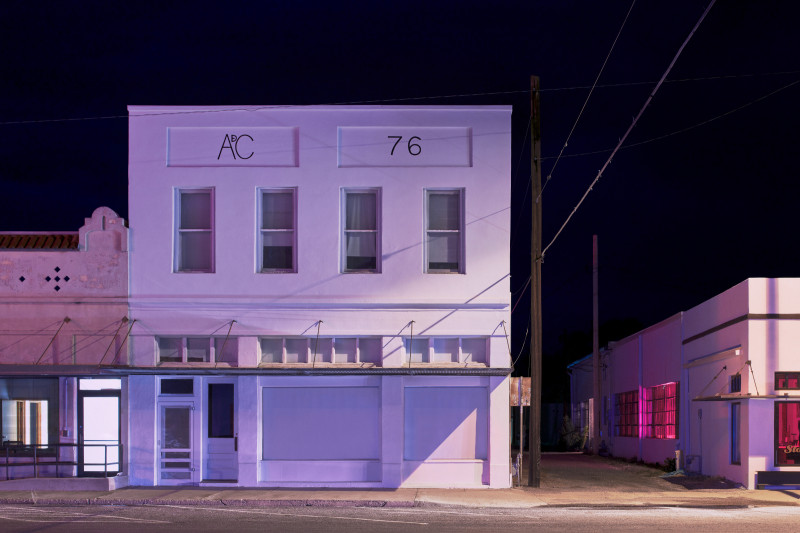
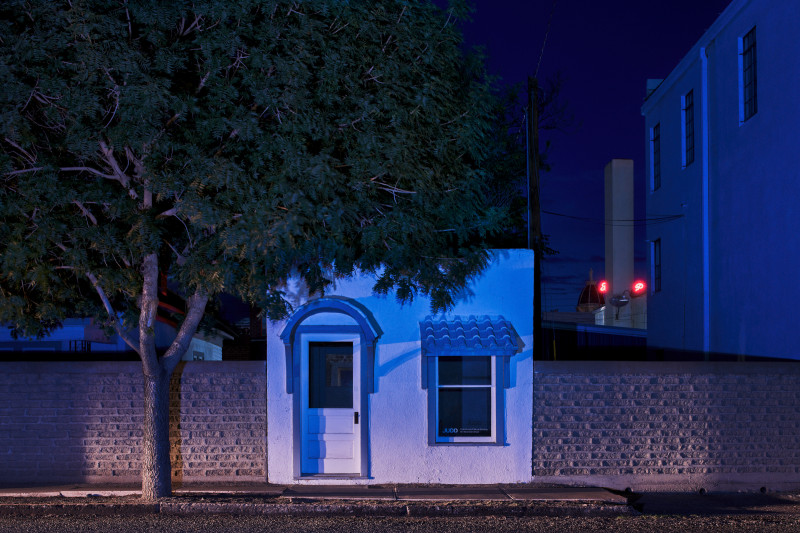
- Judd I, 2020
- Judd II, 2020
- Judd III, 2020
Tell us about yourself, what’s your background and how has this led you to architectural photography?
Brooke Holm: Around 12 years ago I moved from Brisbane to Melbourne to pursue professional photography as a career. Mostly self-taught, I was passionate about creating images and portraying subjects in ways I had not seen before. In the beginning, I photographed anything and everything, slowly weeding out the subjects I wasn’t interested in. What remained was landscape, architecture and still life photography. My fine art practice is heavily landscape-oriented, whereas architecture, interiors and still life became subjects that involved a client or commission. The series of photographs featured in Site Unseen is unique in that it is one of the few personal architectural projects I have undertaken and shown publicly. I have been based in New York for the past six years working on commissions, pursuing projects, artist residencies and opportunities to expand my work and practice.
The exhibition poses the question, ‘what does the photographer bring to the image, and indeed, is the photographer’s presence welcome?’—how does this relate to your submitted work?
BH: In the midst of the pandemic’s first summer, lockdowns and uncertainty had transformed Marfa, Texas into a ghost town. I found myself wandering the streets, captivated by the landscape and architecture of the town and its gentrification by artist Donald Judd in the 1970s. At night, the buildings—many of which Judd owned—lingered in the dark, shuttered and secretive, an occasional light penetrating through the pitch black. It was ominous, likely aided by the momentous weight of the pandemic and how I felt during that time. I decided to photograph some of Judd’s buildings in a different light than previously portrayed. Using construction lights, car headlights, the full moon and the glow of distant neon, I set out over a series of evenings around the witching hour to capture them. During those evenings, the rare comet Neowise was visible in the sky, adding to the surreal and mysterious energy that was gripping us all. My photographs of Judd’s buildings represent the eerie feeling of the world at a very specific moment in time. Usually bustling with tourists and seen exclusively by day, this dark period required a different perspective. Judd’s buildings were full of his sculptures and paintings, hanging unseen and in limbo, waiting for a living soul to observe them once again—in this way I’d like to think my presence was welcome, if not needed.
In the past decade, what about your work has changed and what has stayed the same?
BH: As the world persistently and dramatically changes, I find my interests drifting from predictable, clean and obvious subject matter into more experimental territory. I feel we are in an uncertain and tumultuous era and I am constantly adapting and letting go of preconceived ideas, in search of deeper existential meaning. Something that has stayed the same is my inquisitive nature, the desire to dig below surface level and find things that shatter my worldview and inspire me to learn more. This always pulls me in different directions, and I’m excited to discover what’s next.
To you, what subjects evoke the strongest personality through form?
BH: I’ve long held the opinion that spaces, in terms of architecture, interiors, our general surroundings and nature, can affect us in various emotional and physical ways. It’s something I’ve noticed in myself and in others. Personality is perhaps the personification of space to adapt it to a level of comfort or function, or to reflect one’s desired mood or style—which can, in turn, affect anyone who enters. That’s why details, craftsmanship, community and care are important when conceptualising and designing buildings and spaces. It is a very human concept to individualise our environment and our belongings, using devices like form and function in order to carve out a unique and safe space for ourselves. Sharing those spaces with others is equally important. Personality also comes from community, culture and the social imaginary.
What are you working on next?
BH: I have a solo exhibition in the works that will debut early next year, and in the meantime, I’m about to embark on an artist residency, which takes place on a 15-metre solar-powered sailboat travelling from Iceland to Greenland for the month of August.

For more of Brooke's work visit brookeholm.com or follow Brooke on Instagram.
To stay connected with Melbourne Milieu, please follow us on Instagram.


